A Raw, Funny, and Revealing Conversation with Taylor A. White – Interview by Di Franco
Today I'm excited to speak with Taylor A. White, an increasingly prominent voice in contemporary art whose energetic, large-scale works blur the boundaries between painting, collage, and sculptural assemblage.
Each canvas invites the viewer to slow down and ask: what exactly am I looking at, and how was it made?
White’s work resists easy categorization. Cars, landscapes, scraps of text, and everyday objects collide in single compositions, layered with a wild range of media: From spiral bindings and spray paint to airbrush, plasticized textiles, and charcoal.
The result is often sculptural, as if the paintings are built as much as painted. Known for his multidisciplinary approach, White pushes abstraction through unexpected materials and unpredictable gestures.
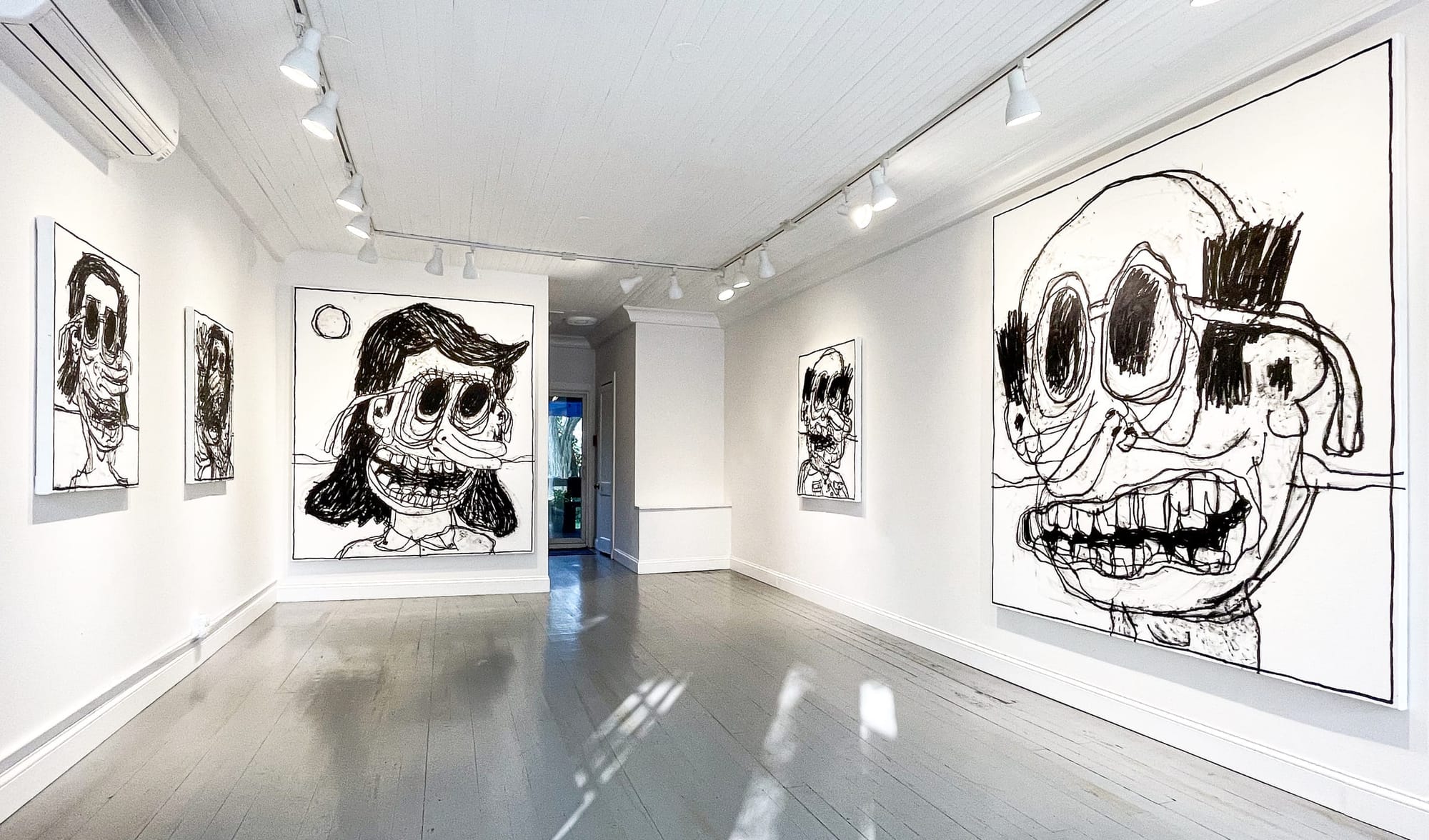
Born in San Diego, California, in 1978, White’s path to art was anything but conventional.
After serving nine years in the U.S. Marine Corps, he initially pursued a degree in psychology before a spontaneous encounter with a college art class set him on a completely new path.
Unlike many of his contemporaries, White came to art in his mid-30s, embracing it with an intensity that quickly shaped his career.
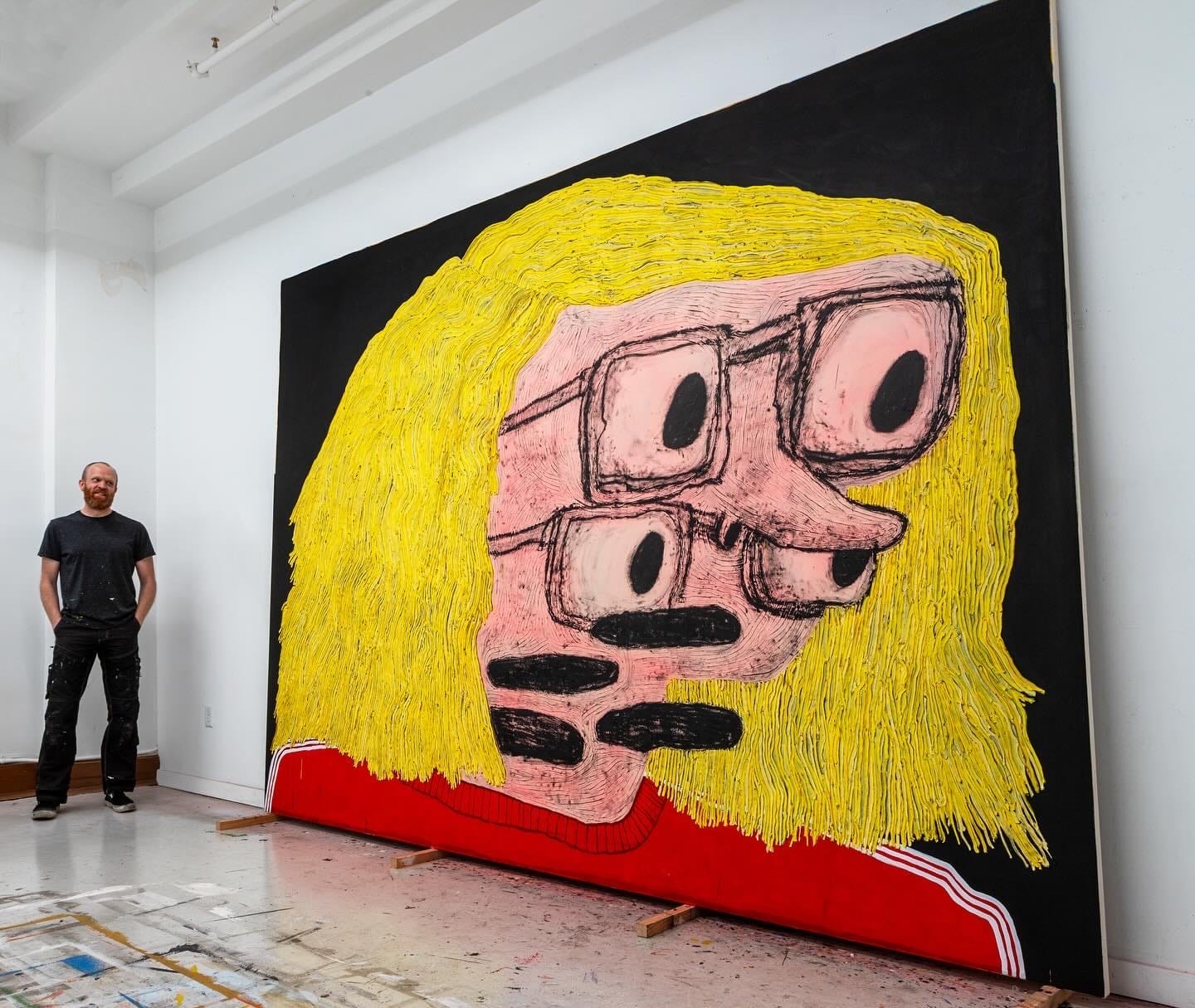
Drawing from a mix of formal training and instinct, he creates expansive, layered works using an eclectic mix of materials, acrylic and oil paint, graphite, spray, textiles, metal, cardboard, and remnants from his own studio practice.
His process is improvisational and intuitive, often beginning without a plan and evolving through destruction, reconstruction, and obsessive layering until the piece "declares itself finished."
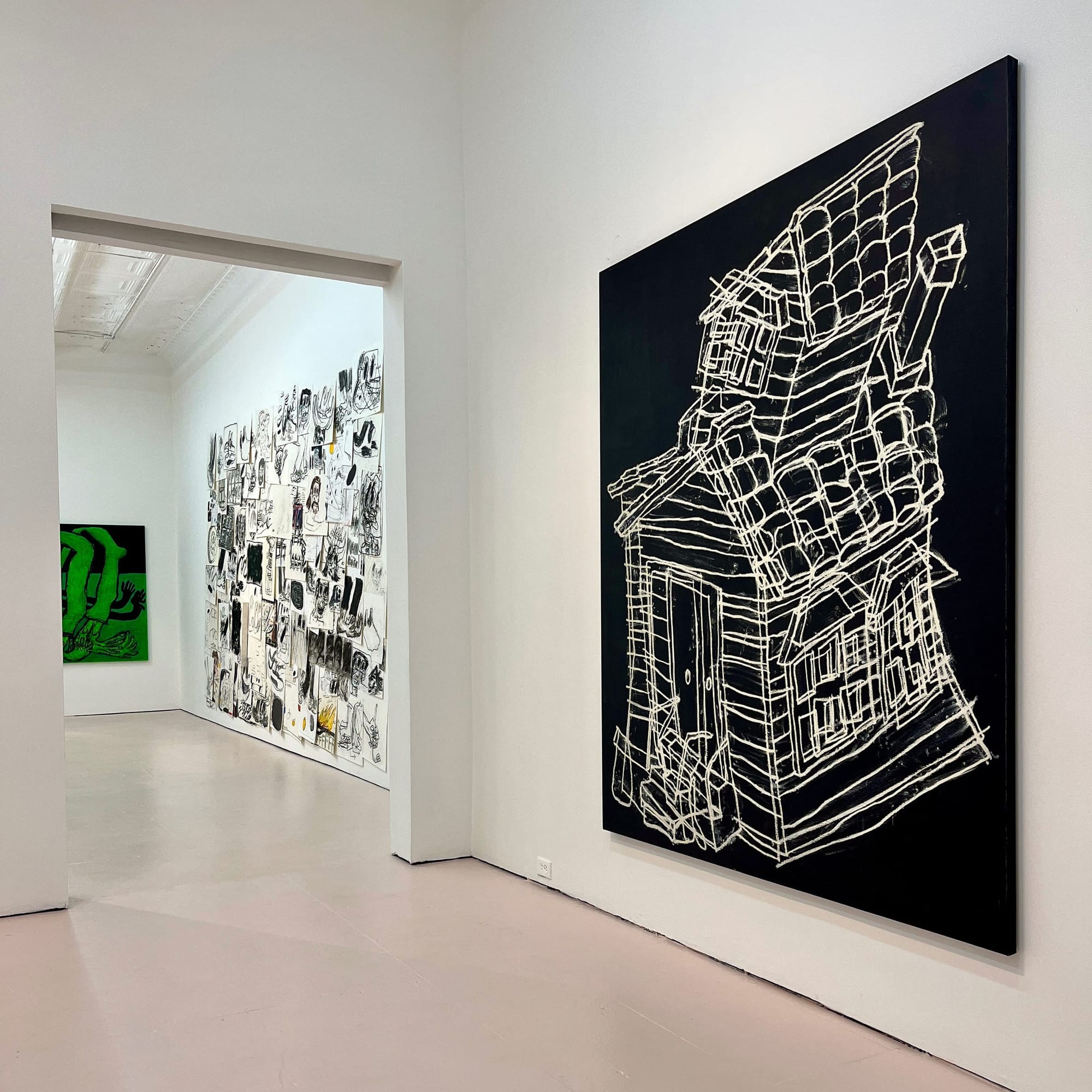
White's work is a dynamic interplay of chaos and control, tension and humor, memory and abstraction.
He explores fleeting impressions and cultural undercurrents, what he describes as "manias sleeping under the rug of the Western home."
His visual language invites viewers into a world where figuration and abstraction collide, often referencing personal memories, suburban iconography, and energetic gestures that feel both playful and deeply deliberate.
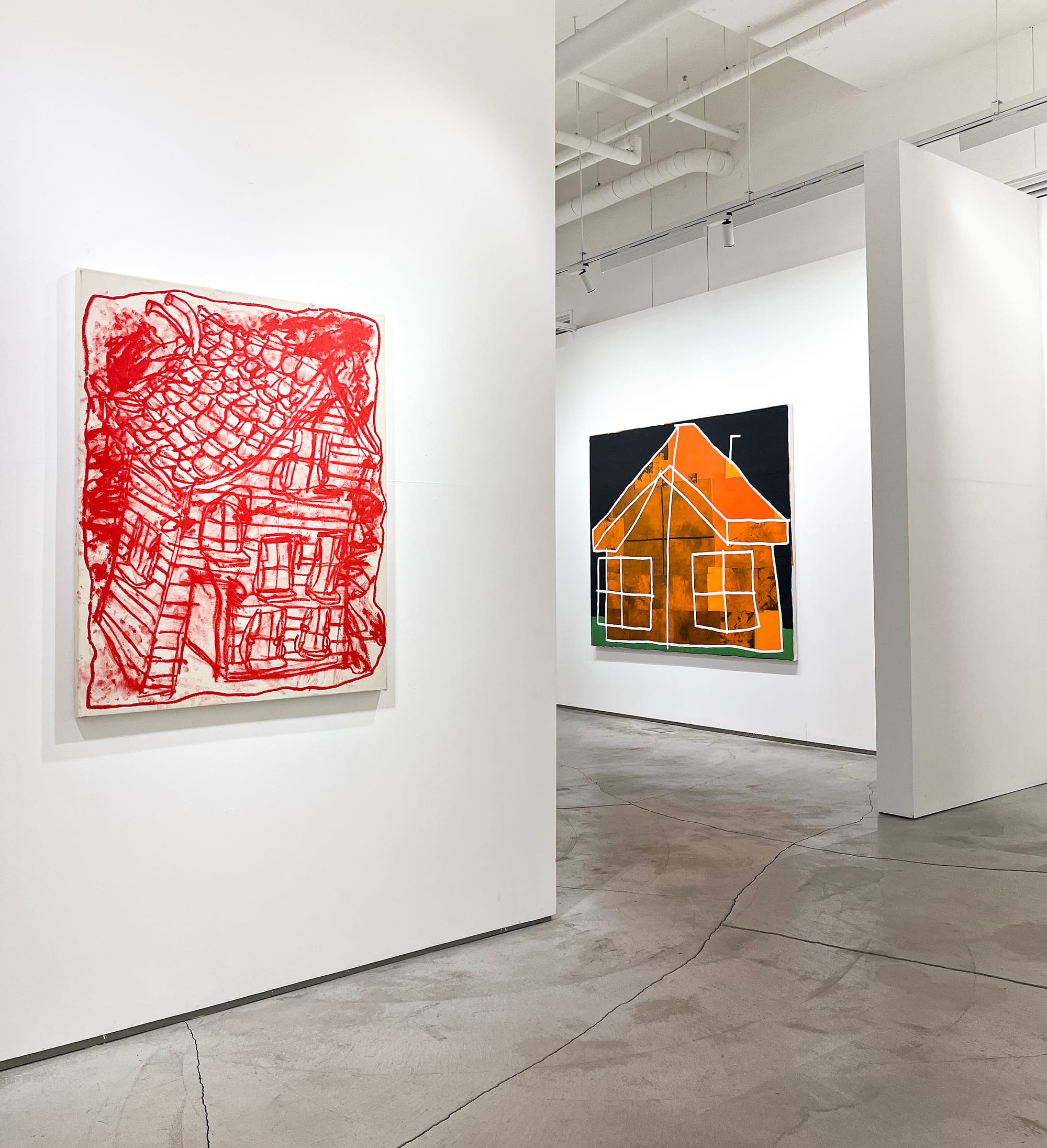
Having completed international residencies in Madrid, Berlin, and Brooklyn, White has exhibited globally in leading galleries and fairs, from Roberts Projects in Los Angeles to Galerie Kremers in Berlin, and shows in New York, Miami, and Tokyo.

G Gallery - Taylor White
Now based in Richmond, Virginia, he continues to develop a practice that is as compelling in process as it is in result.
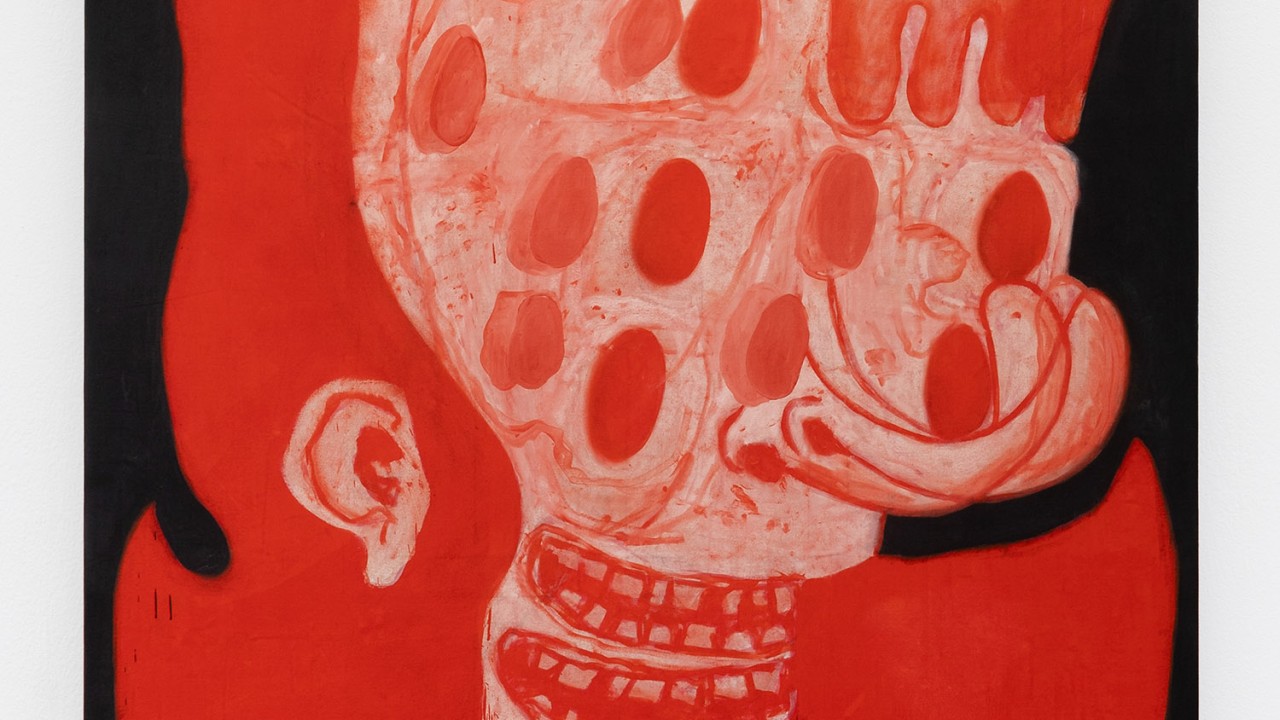
The Hole Exhibition by Taylor White
In this conversation, we’ll explore the roots of his artistic journey, the philosophies that shape his creative process, and the challenges and joys of building a life through art.

Interview with Taylor A. White and Di Franco
1. Can you tell us how your artistic journey began? Was there a specific moment when you realized that painting would be your main form of expression?
Drawing has been a part of my life since childhood, but I was always sort of annoyed by painting when I was younger.
I didn’t feel like it had the directness of drawing, and I’m really referring to how it feels in your hand to draw something, as compared to painting something, like specifically how a pencil vibrates.
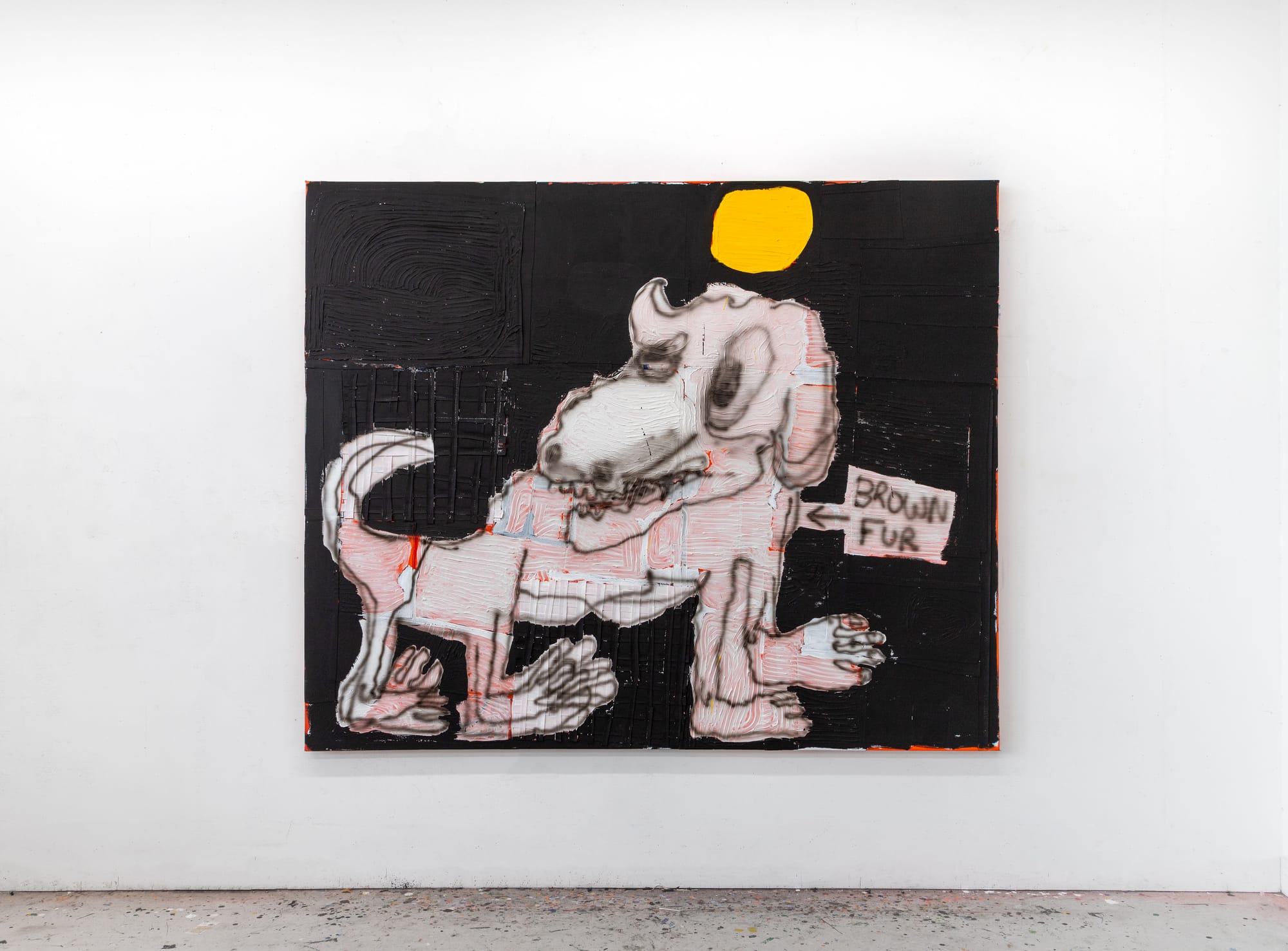
So I really returned to painting seriously when I was about 34, when I started to feel like the things that annoyed me about painting were interesting, and that there were loads of ways around those problems.
2. Your work is often described as a balance between control and chance. How do you deal with that tension between spontaneous gesture and conscious decision-making while painting?
Often it’s just a thing that feels natural for me. I can start with no idea and let spontaneous actions start to form images, or I can start with a loose idea and let it do what it’s gonna do I guess.

For me, a central thing is how it feels. I really like holding my tools in the wrong way, trying to make it feel wrong in my hand, and trying to make things work with problems in the way.
I think when I hold something in an obtuse way, it starts to make me feel obtuse, and that feeling makes me draw in an obtuse way sometimes.
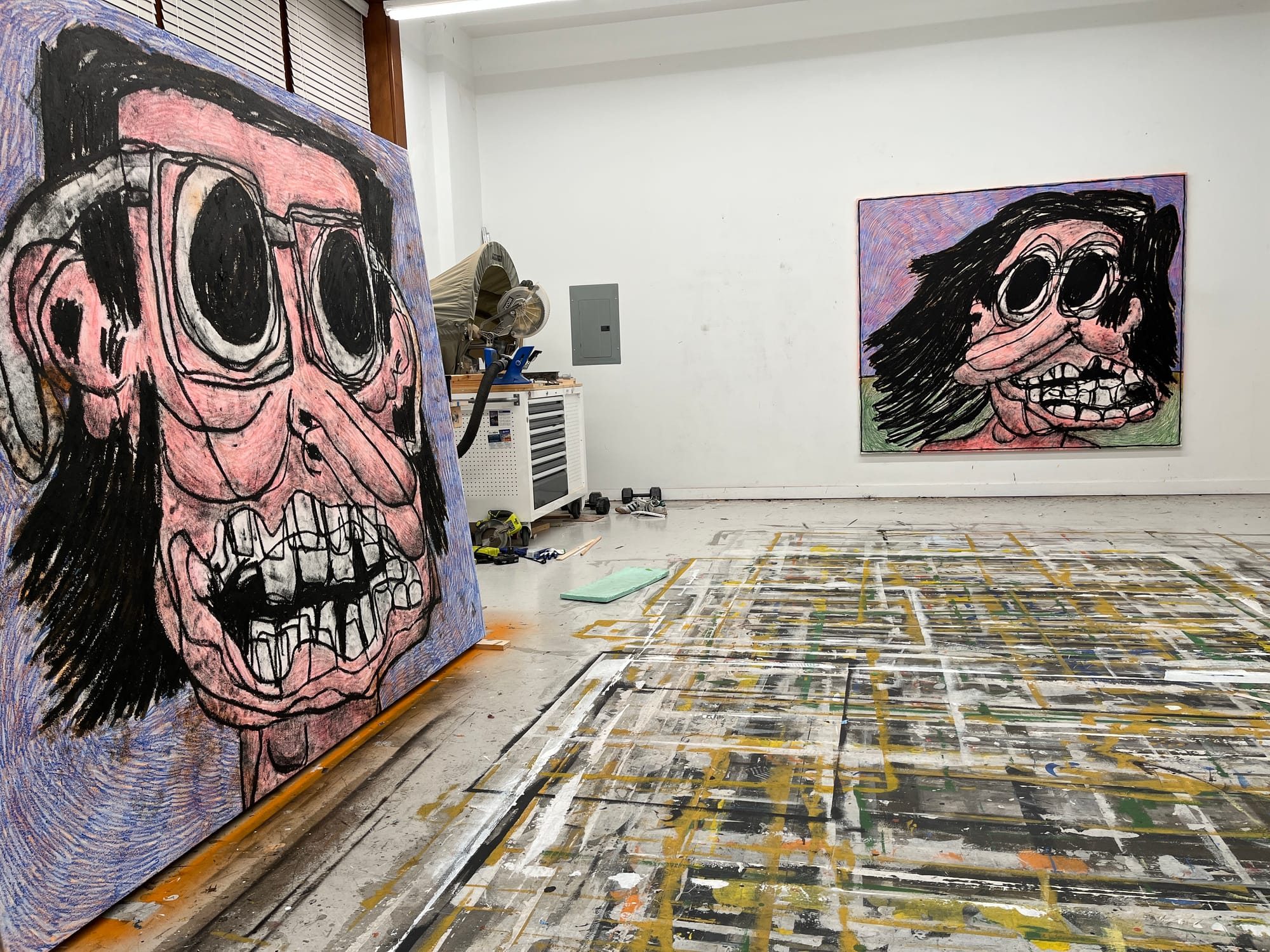
3. Visual fragmentation and the reconstruction of forms seem to be a constant in your practice. Where does this interest in deconstructing and recomposing pictorial space come from?
It’s just a thing I like, I really don’t have some heavy academic rationale for that.
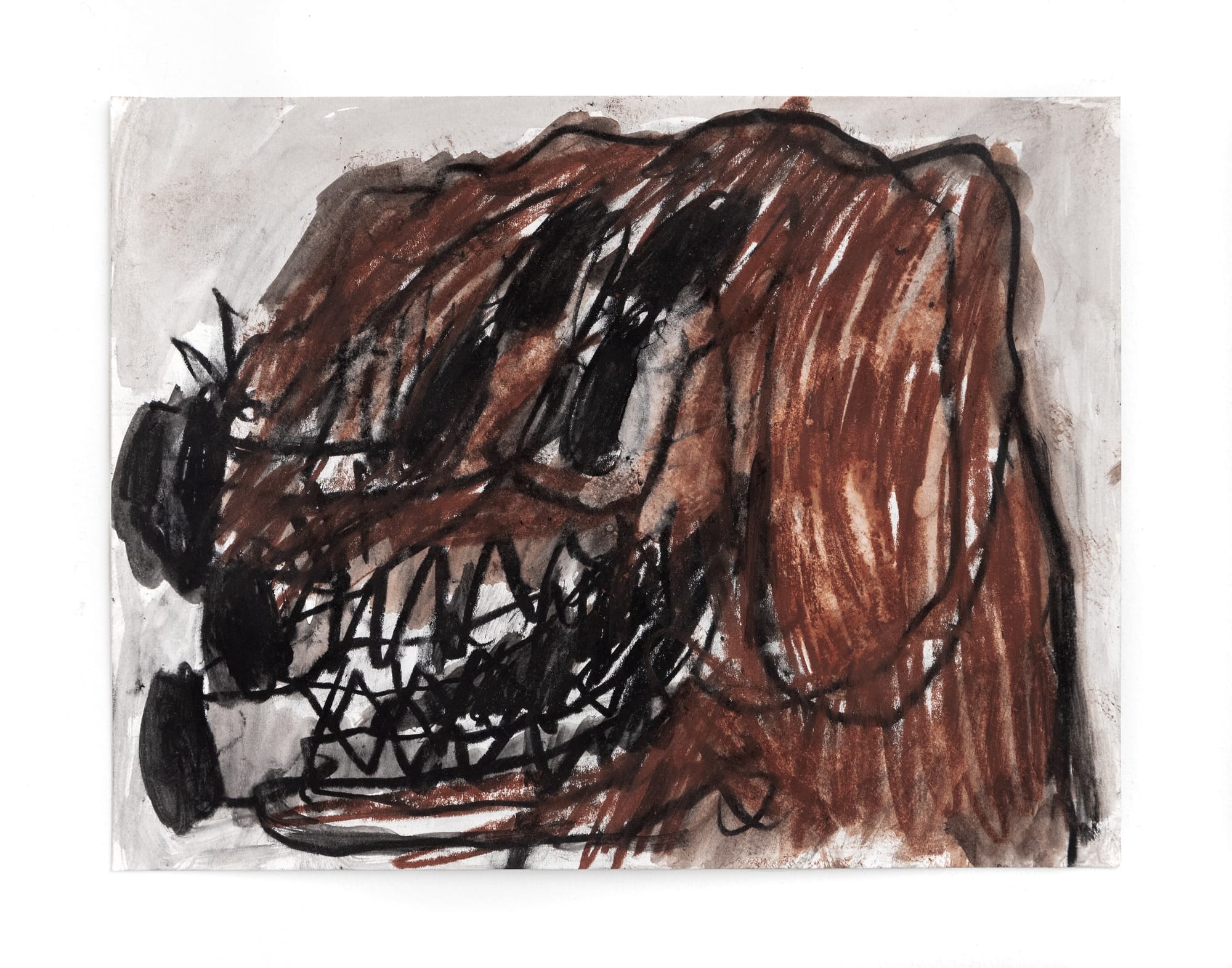

Taking things apart and rebuilding them in a different way is often a thing I do to force a terrible problem on myself.
I think it always leads to learning something, even if it’s just totally terrible.
4. Your work conveys a raw energy, as if each painting is a record of a process rather than a final result. To what extent are mistakes or accidents welcome in your creative process?
Mistakes and accidents are things that really cause a painting to become successful to me.
They often require the abandonment of what I thought would work, and getting out of that problem often causes other unexpected things to happen.

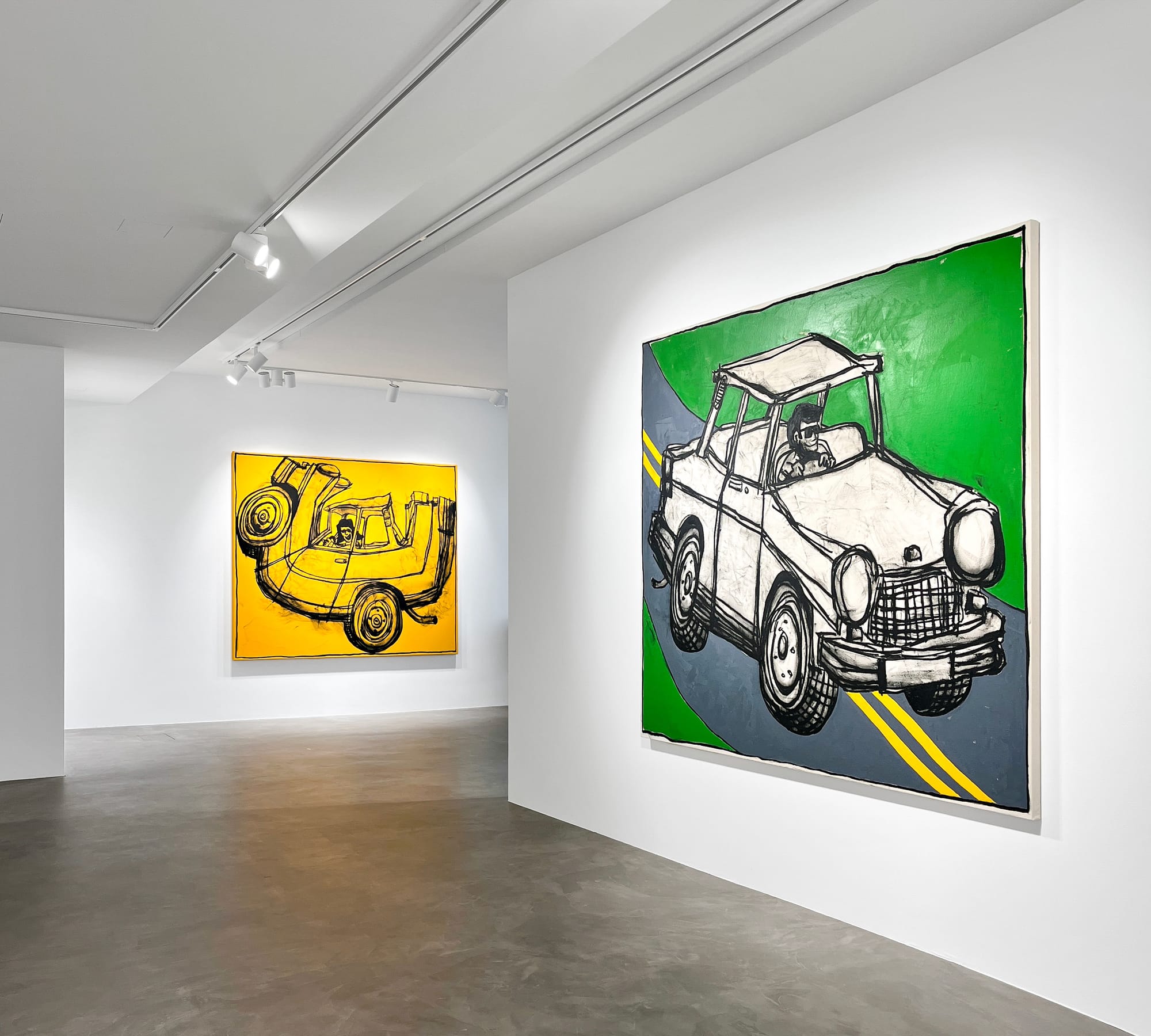
Also, the idea of demonstrating the inability to do something correctly or with high precision is something I’ve loved for my whole life.
Like “look how I can’t do this right.” It just feels great to me.
5. Your work often features a juxtaposition of geometric forms with loose gestures and vibrant colors. How do you see the relationship between structure and chaos in your compositions?
I’ve long been interested in contradiction in images, even if it’s not recognizable elements or colors in contradiction - to me the most interesting form of that contradiction (or juxtaposition) is when it’s something felt.

Like two competing feelings fighting for dominance within an image.
Generally, I oscillate back and forth between making paintings with overtly recognizable forms, and then making other paintings which are more rooted in gesture and accidents, essentially abstraction I suppose.

Art View - L21 Gallery - Taylor White
I feel like each of these two modes of working teaches me something about the other mode, and working in one mode usually builds the desire for its opposite.
For me, this back and forth is natural and I try not to force myself to control it too much.
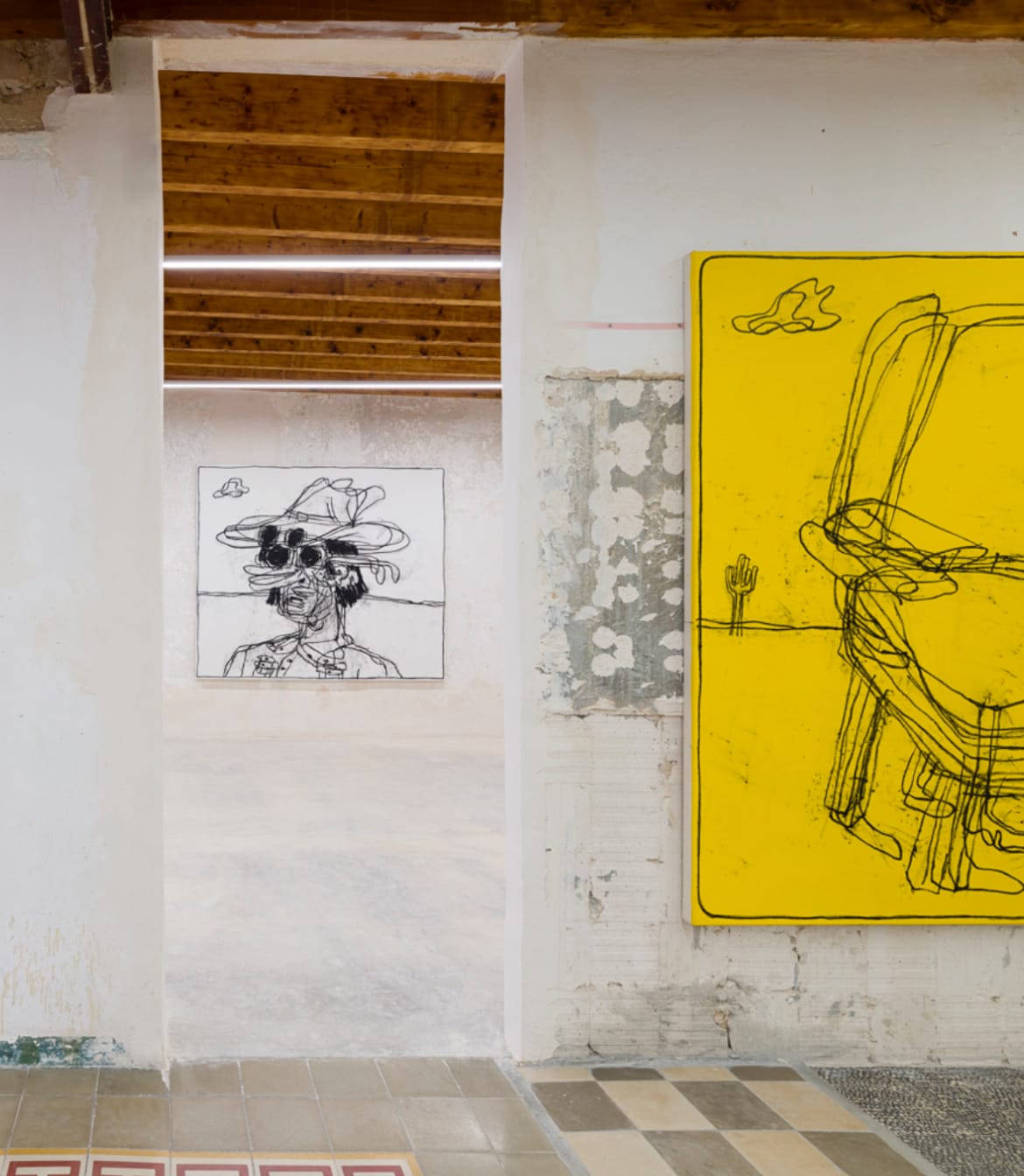
6. Color plays a powerful role in your work — intuitive yet carefully articulated. How does your color selection process unfold? Is it connected to emotion, memory, or purely formal relationships?
Color is also something that always felt awkward to me.
I first learned color theory and read all about all these rules and formulas and stuff, and it really had the effect of pushing me away from using color, until I just started using it without considering any of that stuff.
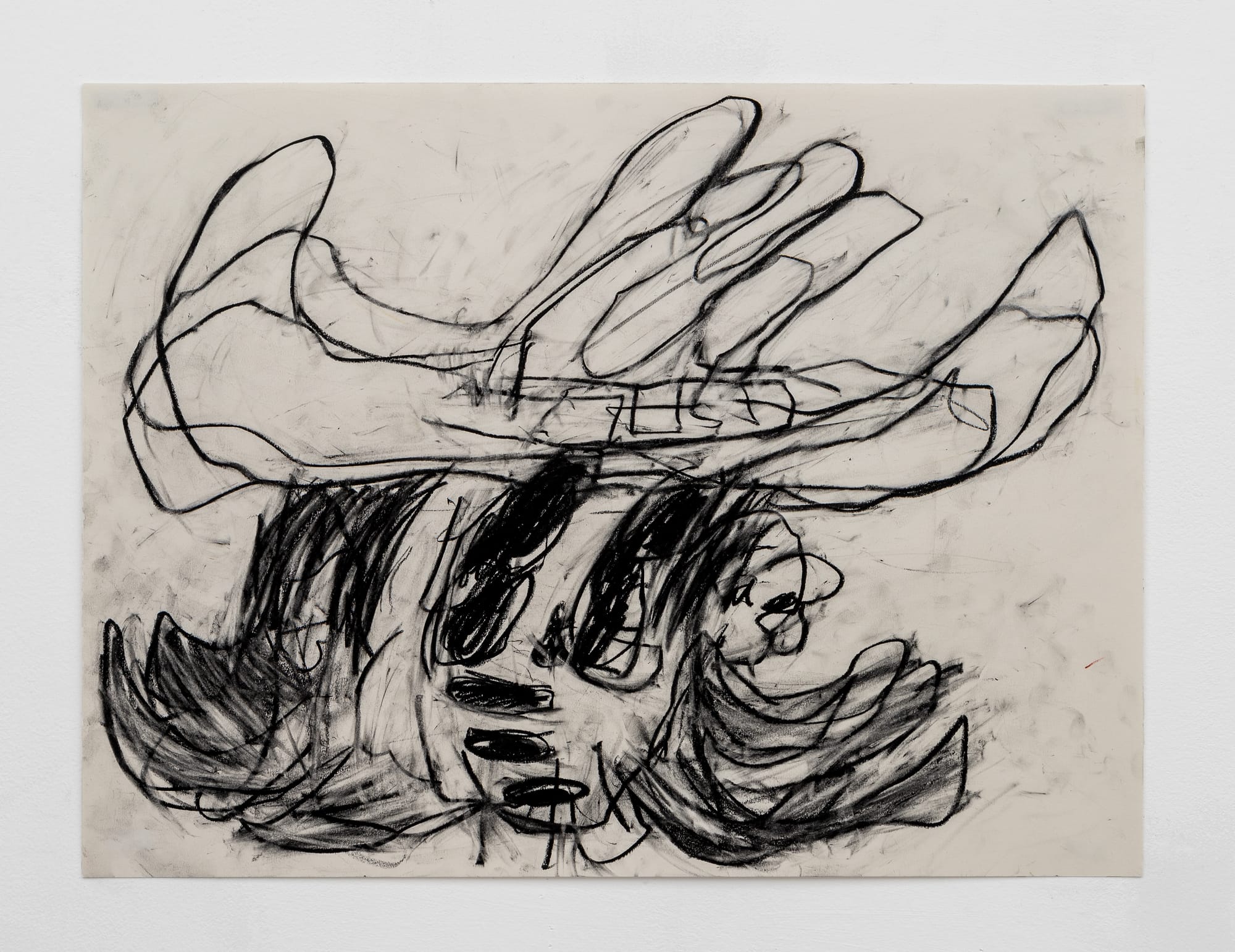
I have dumb rules for it too, like “no I can’t use those colors, it makes me think of the Miami Dolphins or the Denver Broncos.” I also like kinda dirty colors too.
Not really sure what that means. Maybe just debris and discoloration in color, even if it’s only me that knows it's there.
7. Although your painting is non-figurative, there is a strong emotional and atmospheric charge. What kind of states or sensations do you aim to evoke in the viewer?
I think that idea of emotional and atmospheric charge is really rooted in how I feel when I’m making the work.
Sometimes that’s read in a totally different way too, and I’m okay with that.
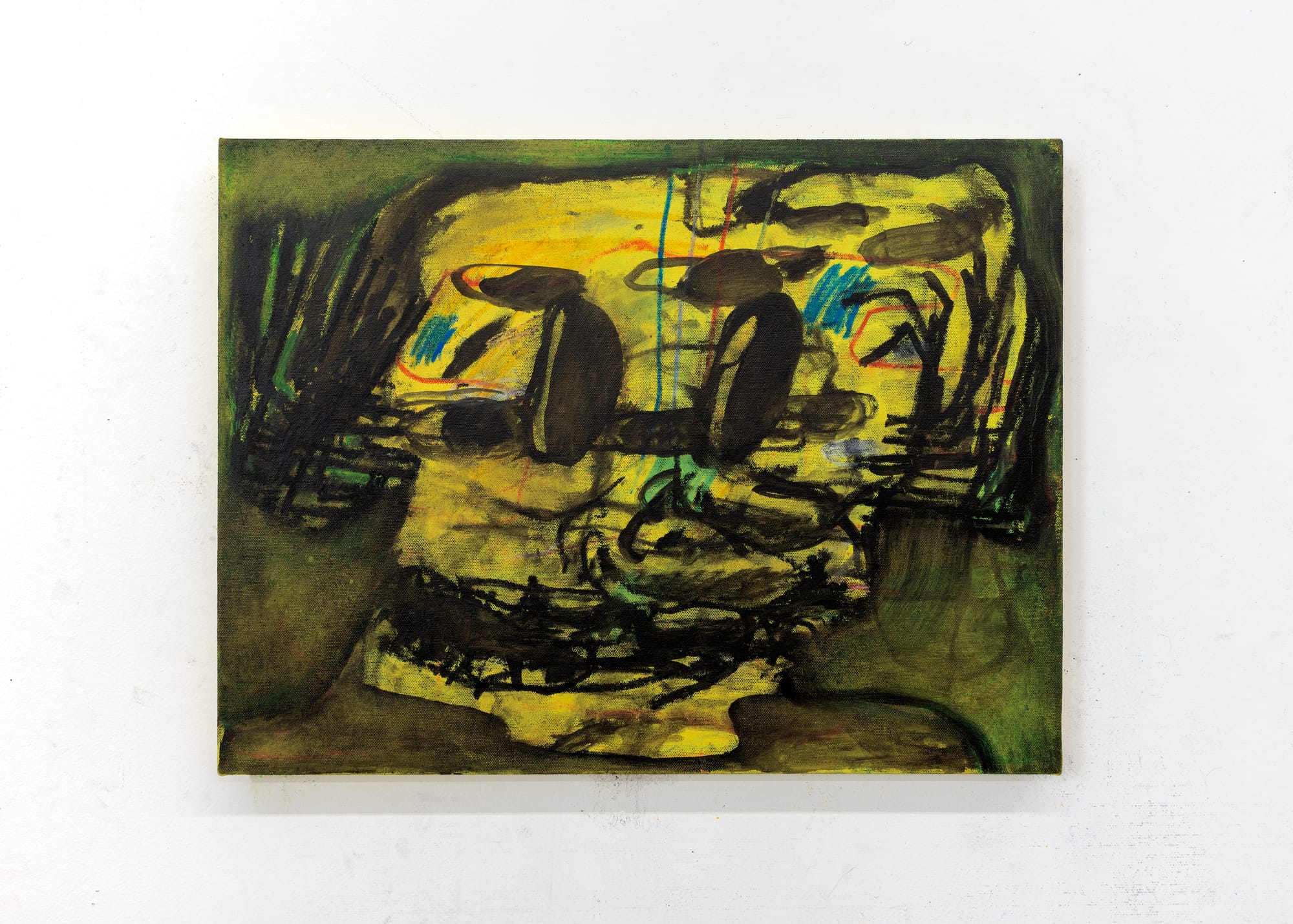
If I’m trying to inhabit the mind of a viewer, making assumptions about how they read things, the whole thing loses its power, like it kinda wilts in my mind.
I’m also really excited when something that I experienced and viewed in one way is experienced in a different way by someone else.
I like when art can do that, when a response to something is not universal.
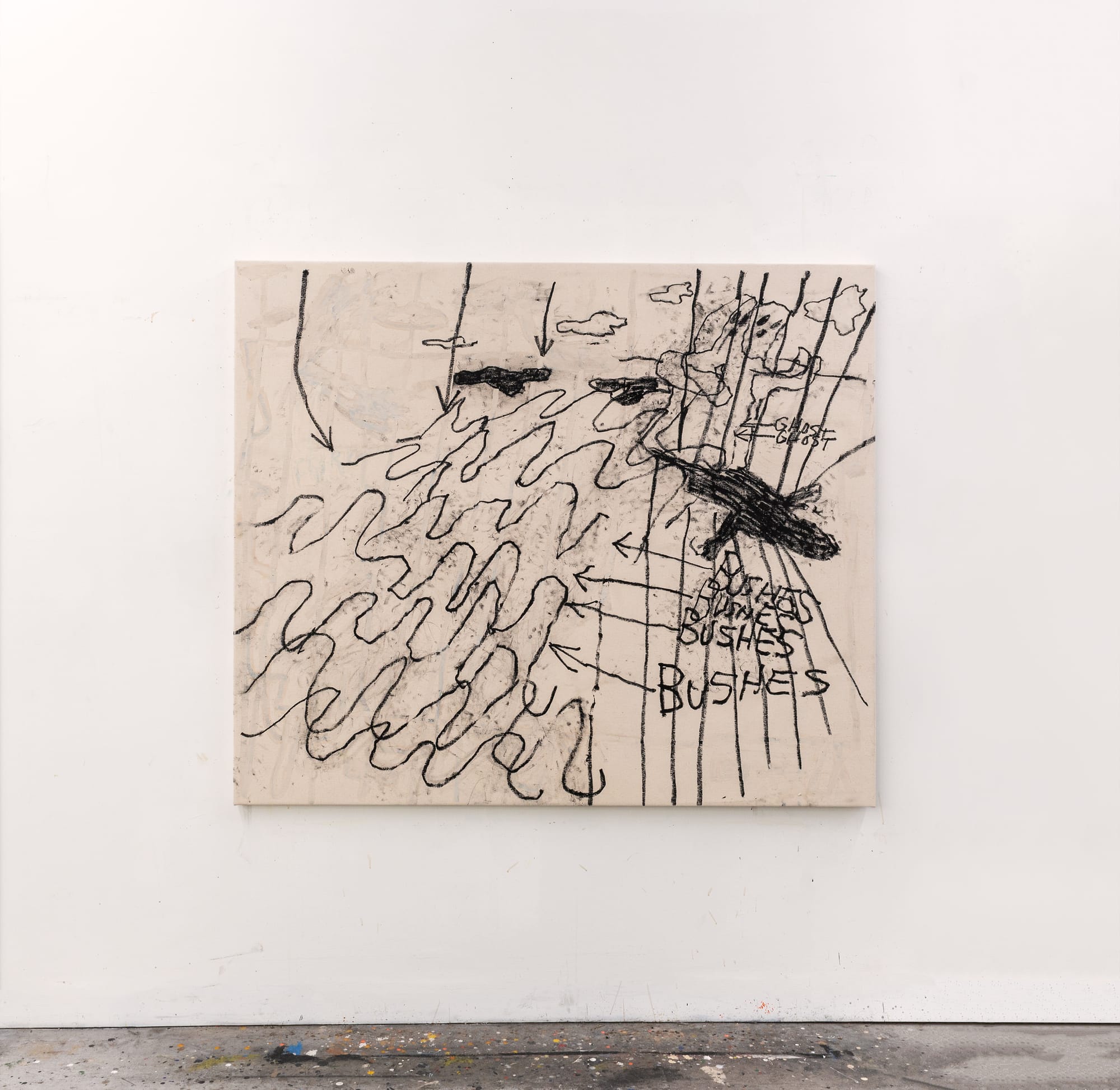
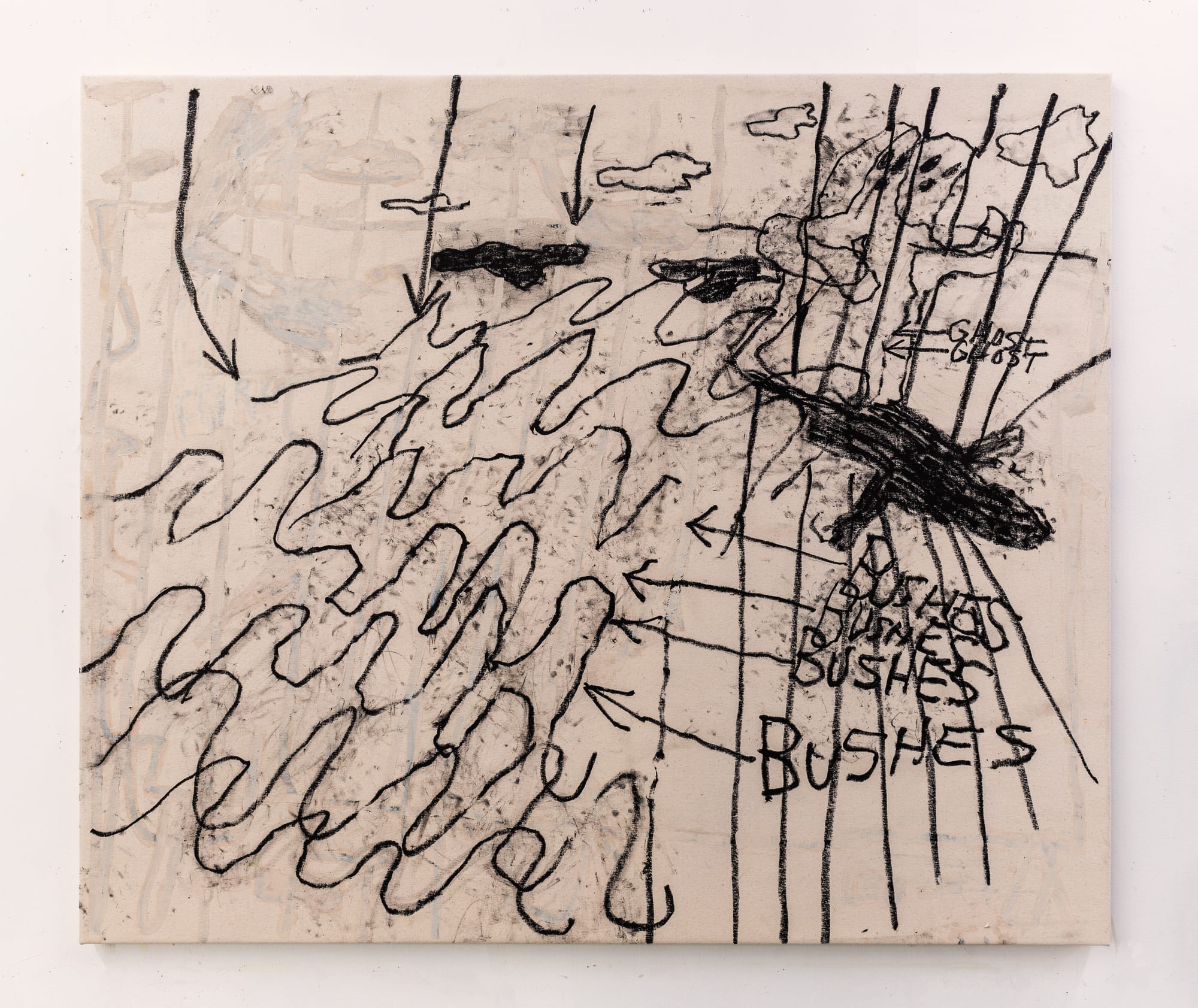

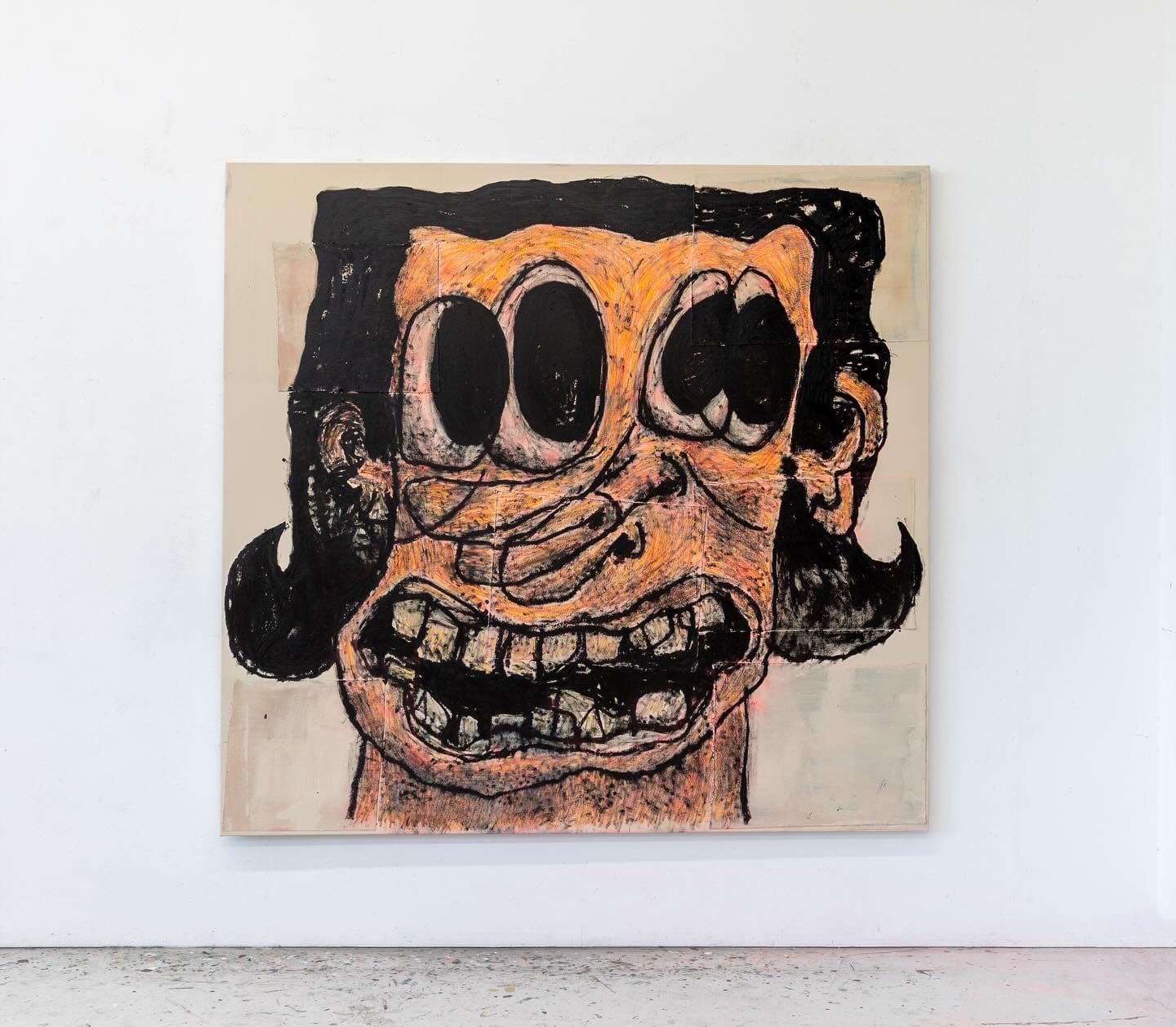
Taylor A. White: Left to right 1 line . A Ghost in the Bushes 2025, 54x64in - Rain Walking is Best for Spirit 2024, 64x54in / Lord of Enchantment, 2024, 72x76in | Permission and courtesy of the artist
8. Many of your works seem to reveal traces of the process: erased layers, overlaps, marks of hesitation. Is this exposure of the image’s construction intentional?
Yes, I like to leave evidence as to how something is made. It feels like I’m being honest about it all or something.
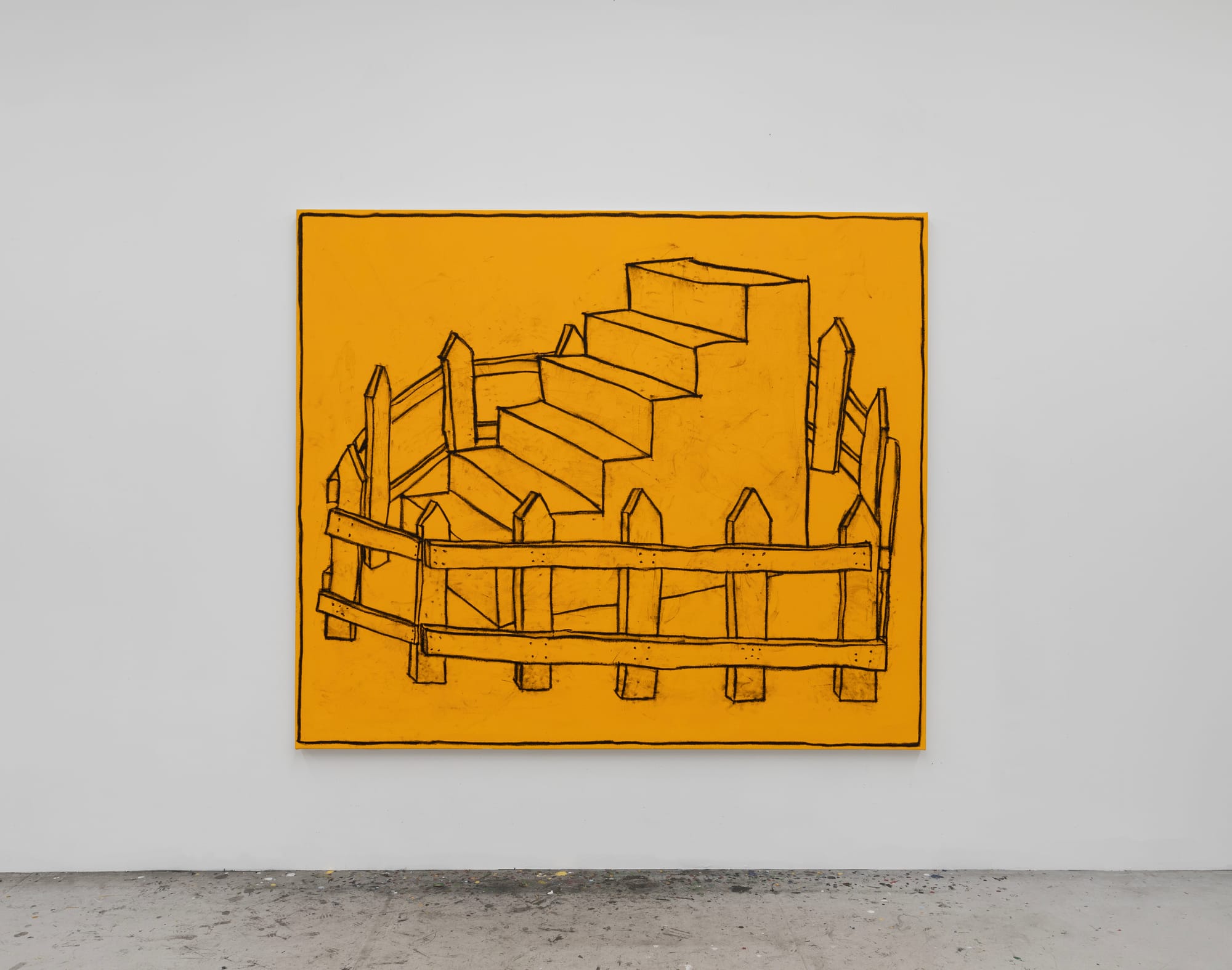
9. We live in a time when art is increasingly intersected by political, social, and identity issues. How do you see this trend affecting the art market? Do you feel that the pressure for an explicit political stance interferes with the artist's creative freedom?
I think that when an artist is paying too much attention to the art market, its trends, and its politics, it can really suppress their true capability and range.
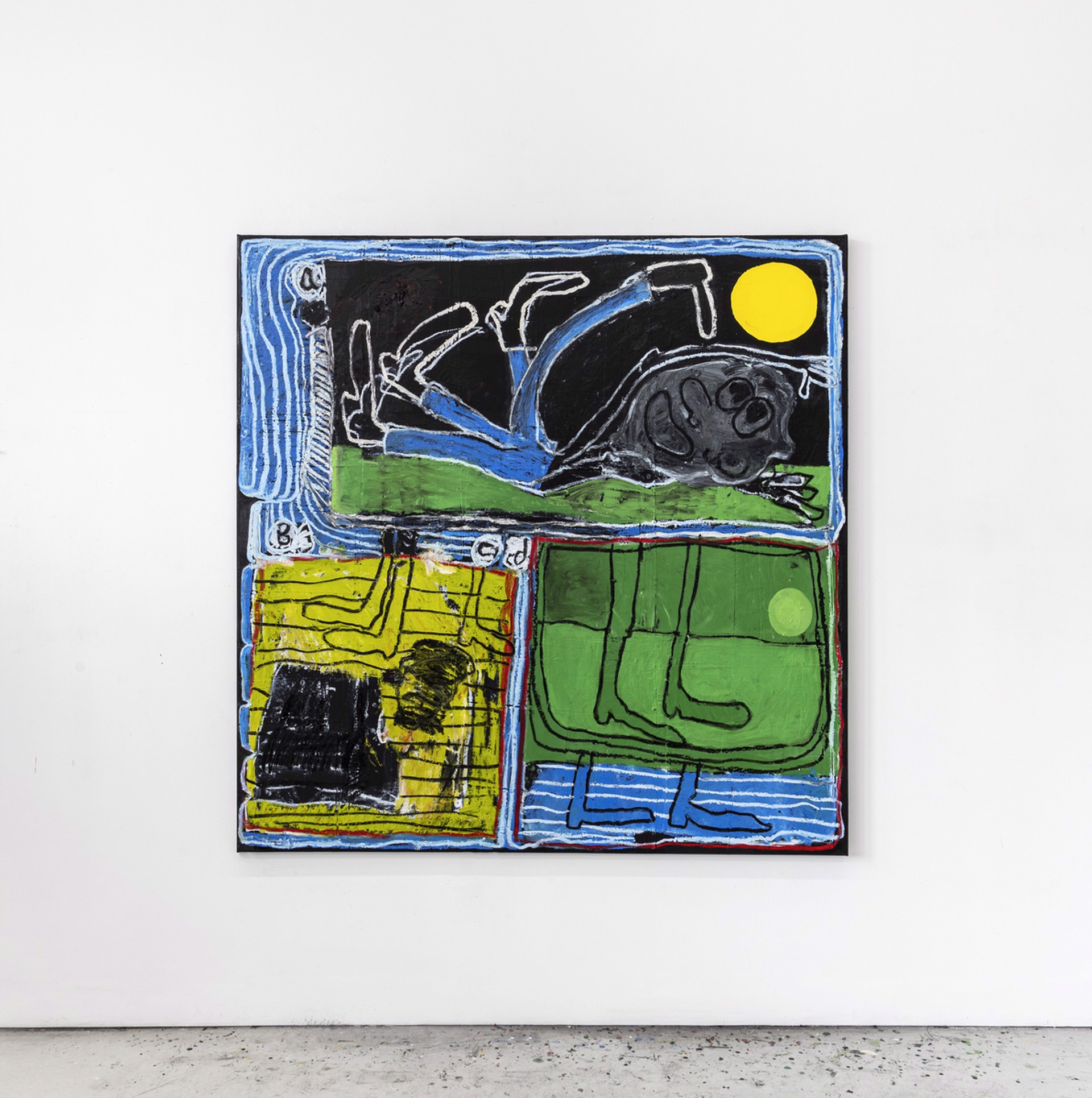
Taylor Anton White - Arrival/Departure at K Contemporary - Exhibition Views
My interest in art is not to reiterate the horror we all get to be exposed to every day through our continuous saturation with meda. I want to communicate with something higher than all of this.
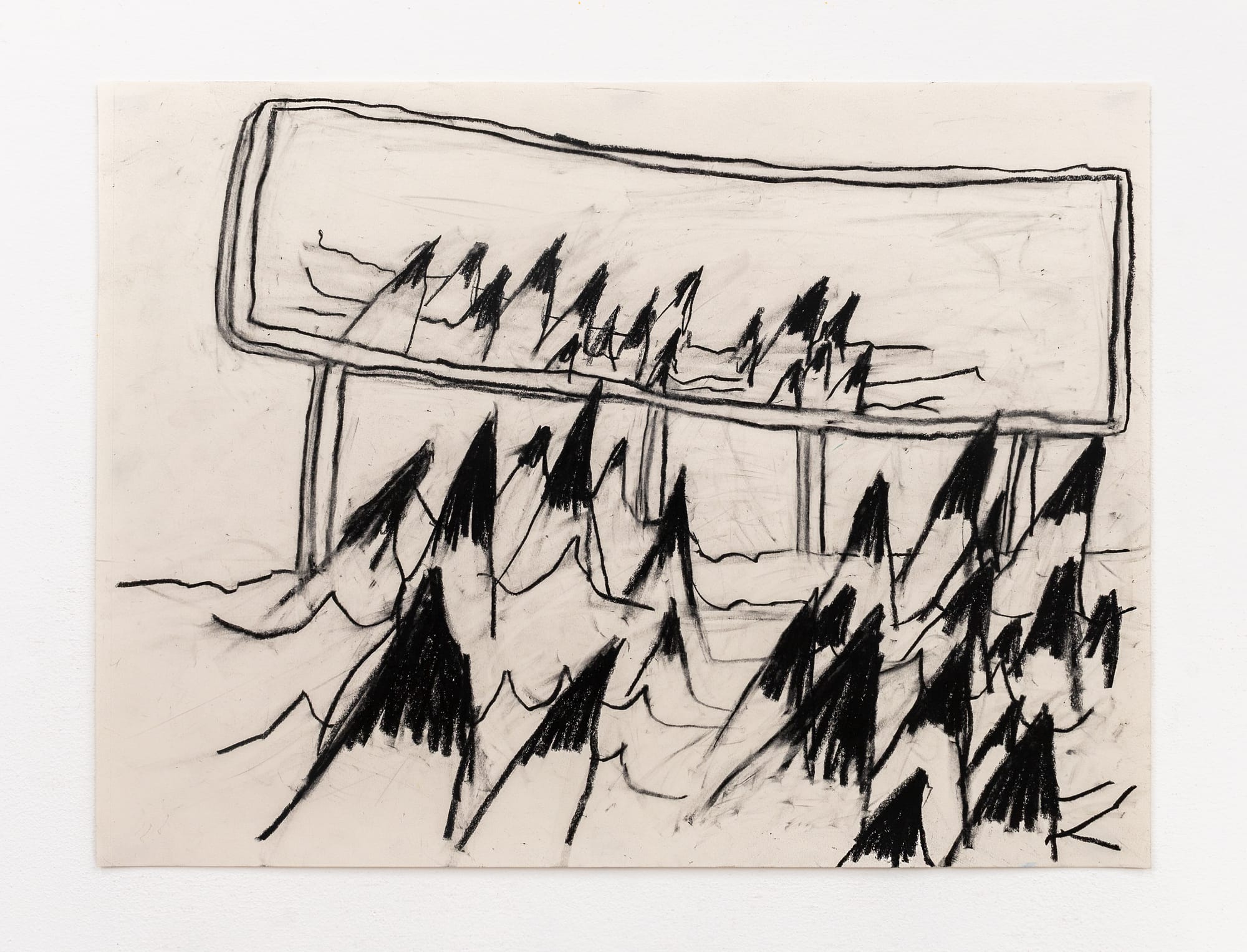
I want to make something that lets a person temporarily pause from this and have a different experience. The viewer will see things through the lens that is dominating their mind anyway, and I don’t get to control that.
A huge part of this whole thing is letting go of that control and the certainty that I am being understood. Wouldn’t you be bored to tears if you understood everything?
Munchies Art Club says thank you to the Artist Taylor Anton White and Di Franco
For ongoing projects visit the Instagram of Taylor Anton White or his Website :

Taylor Anton White - Official website
Related Articles
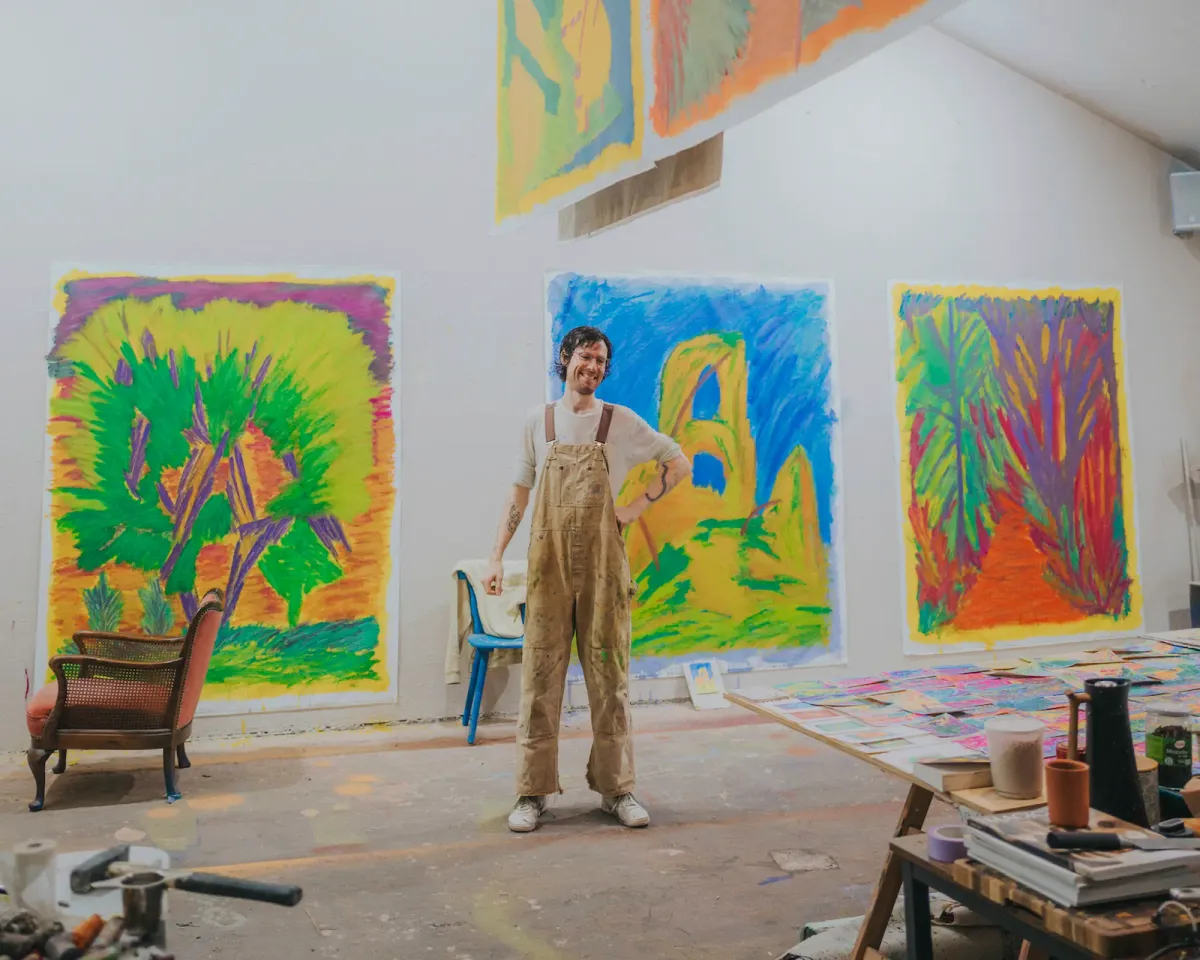
David Hanes - Artist

Hutter Potter - Artist
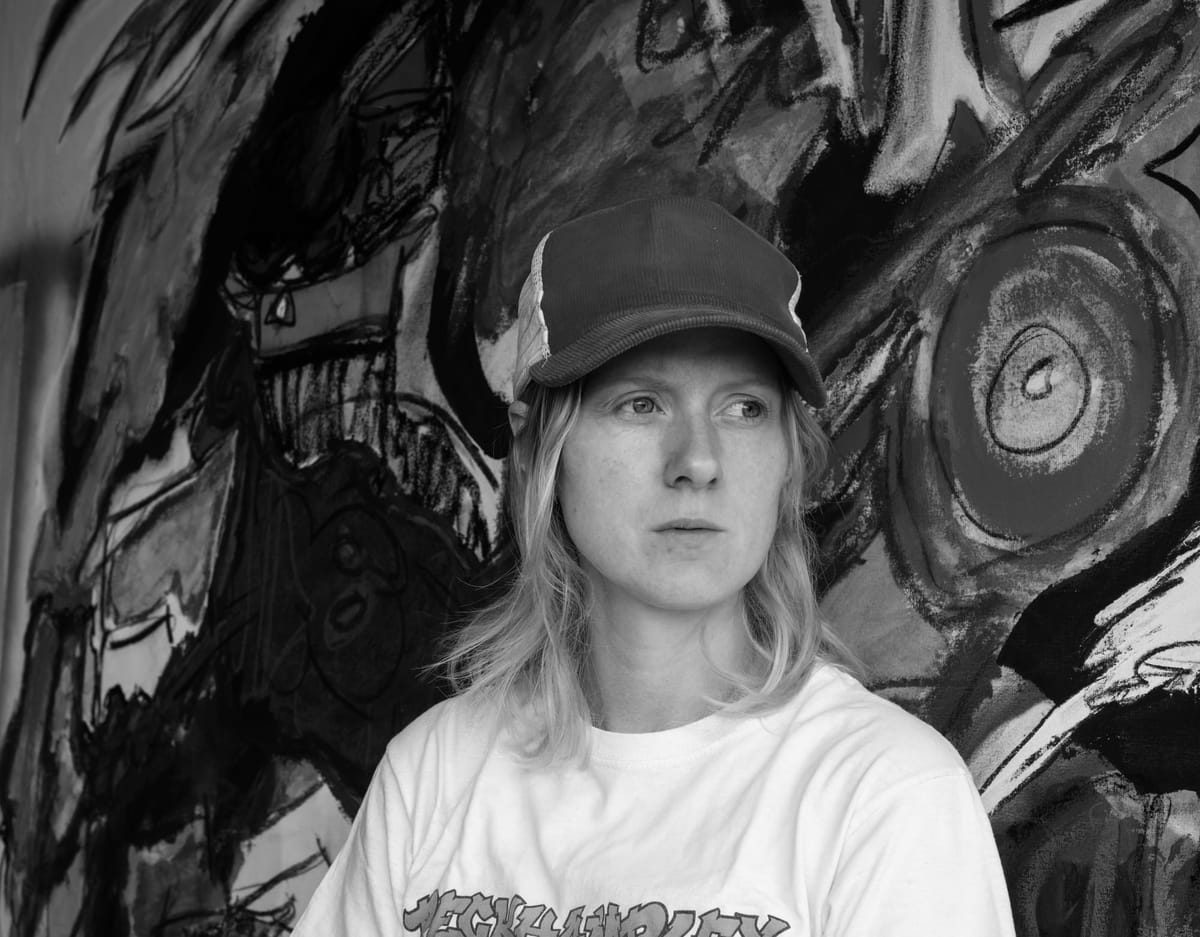
Hetty Douglas Interview with
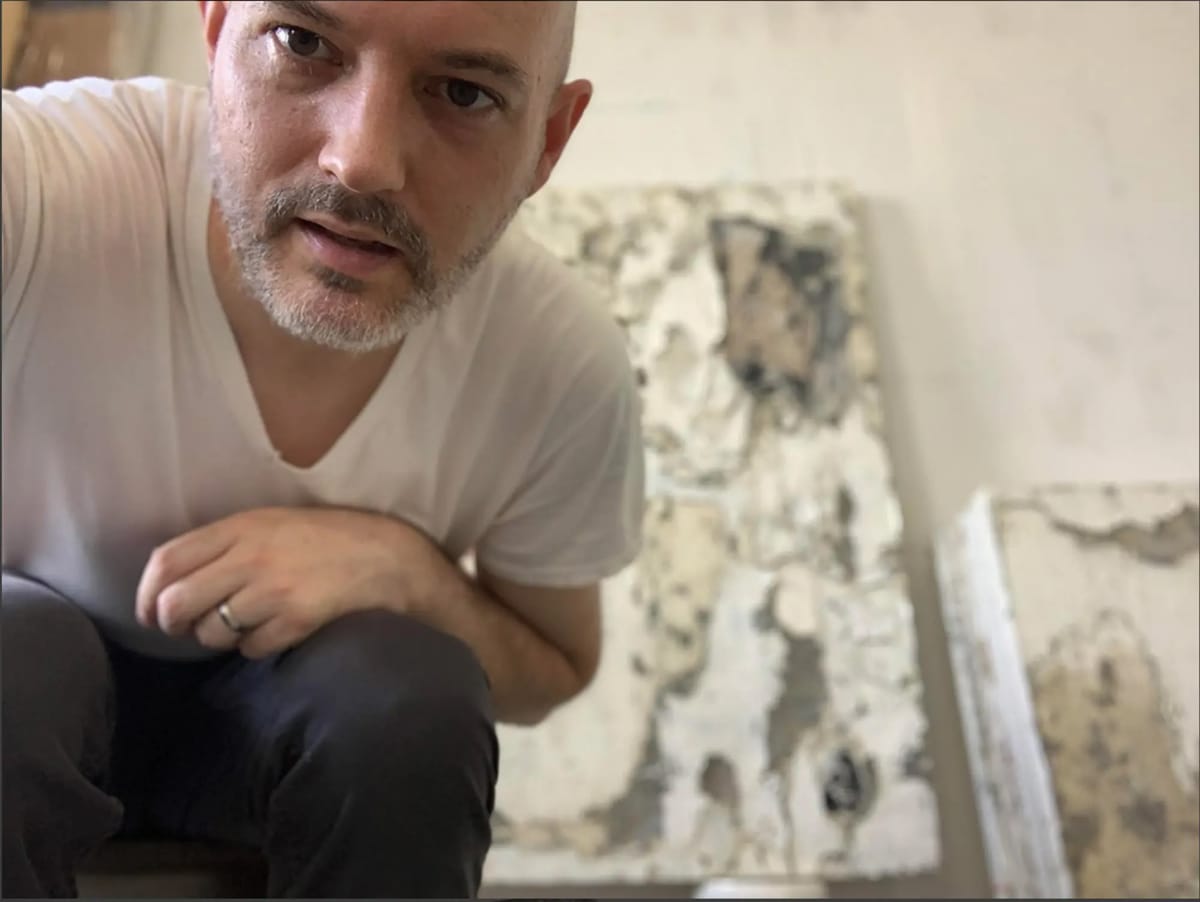
Erik Sommer - Mott Projects N.Y
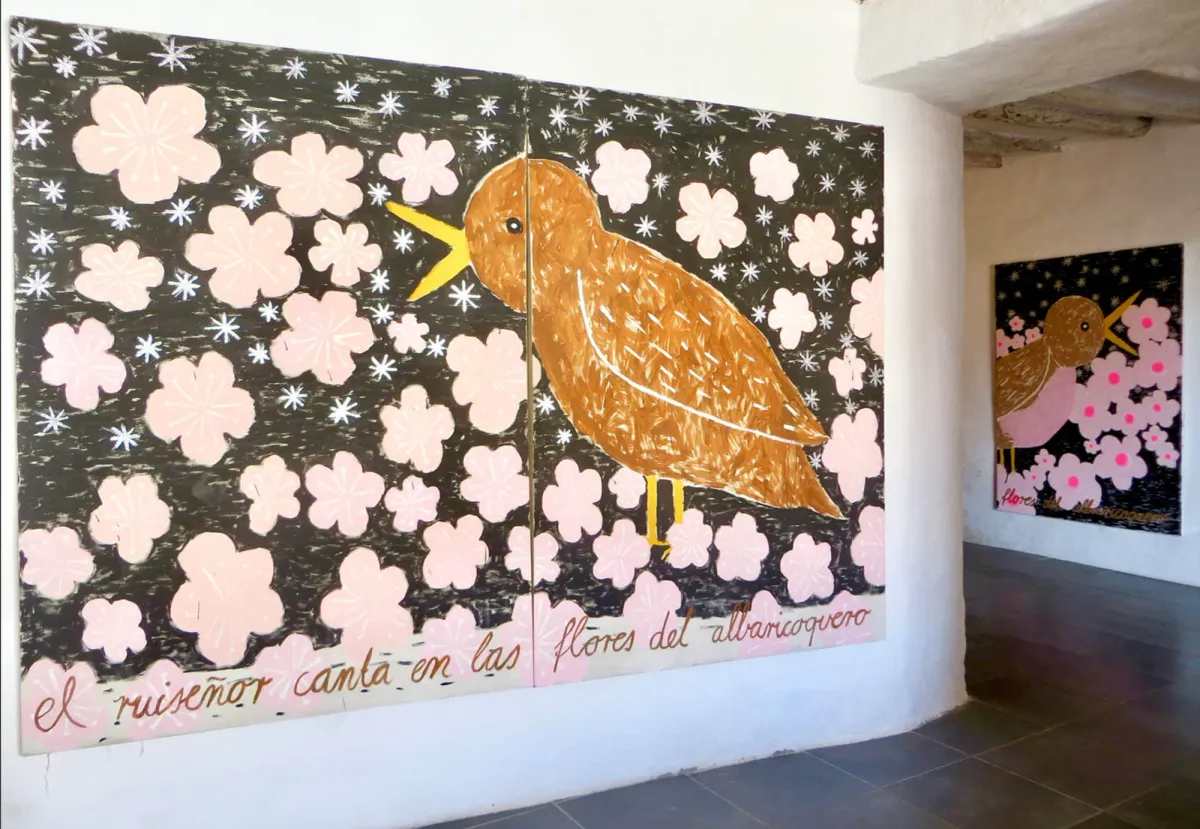
Gabrielle Grässle


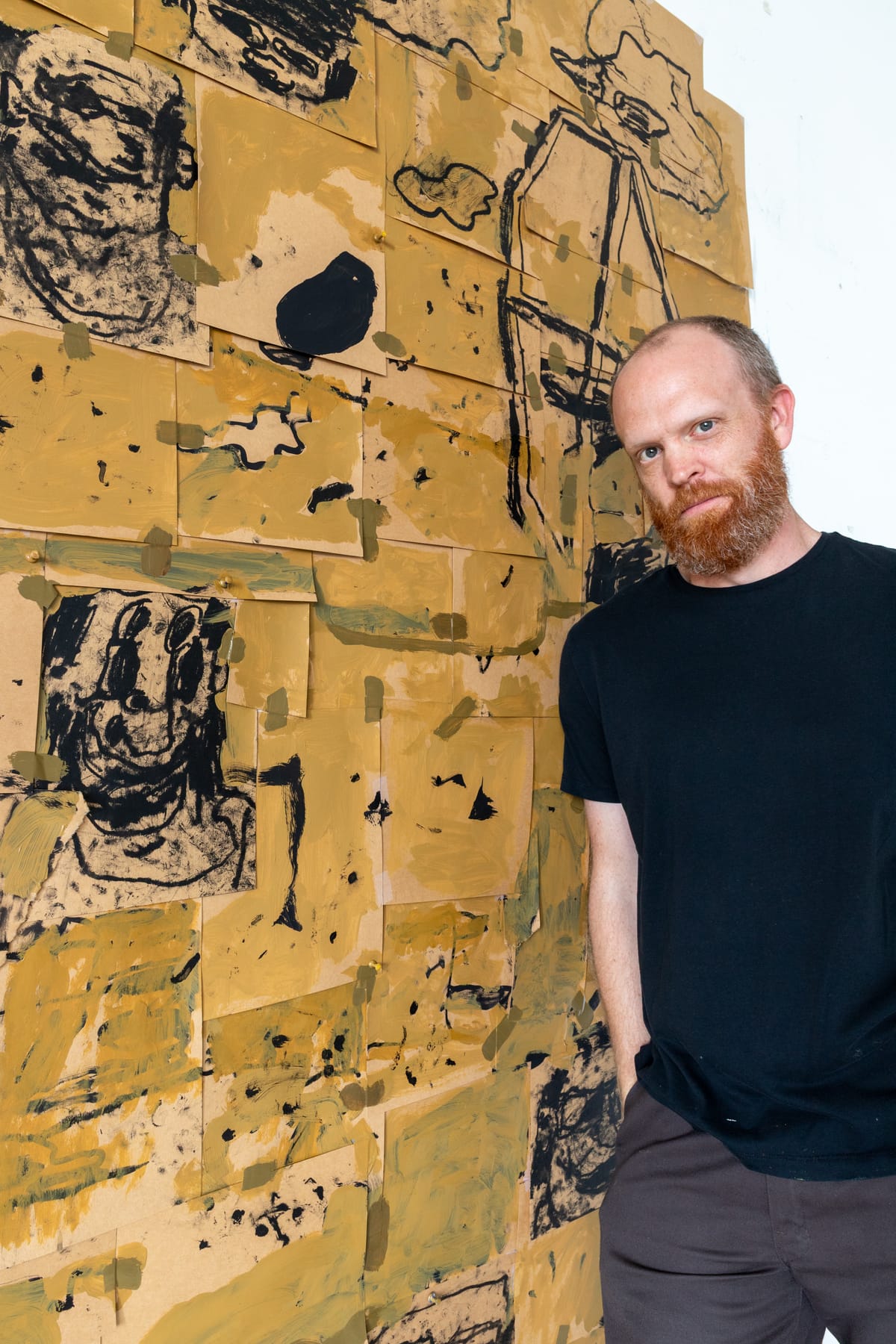


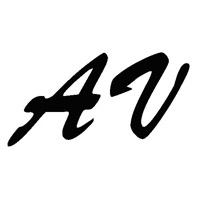
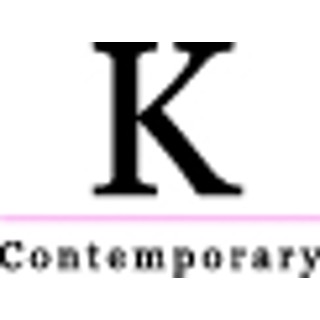






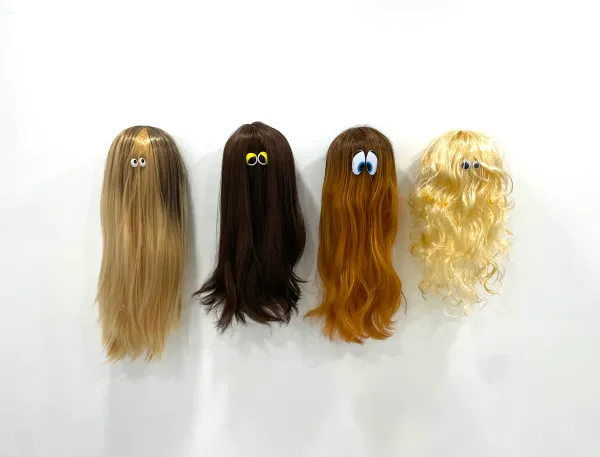

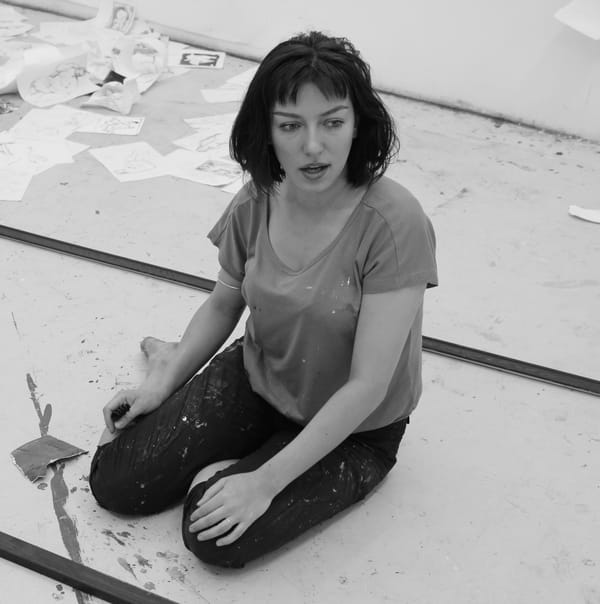
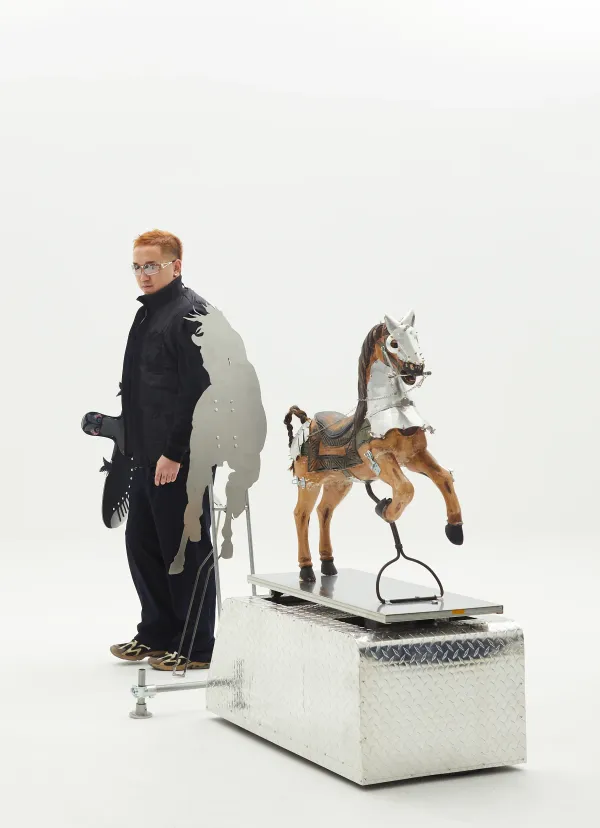

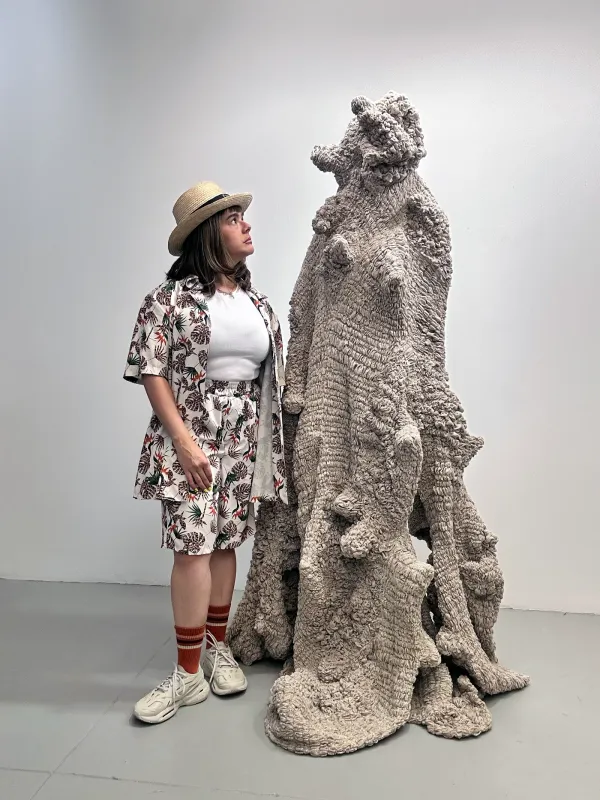
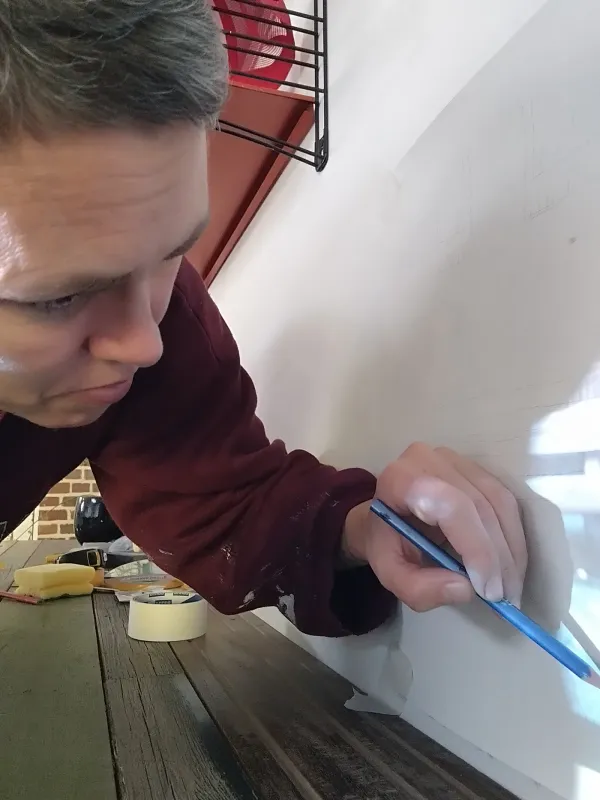

Member discussion